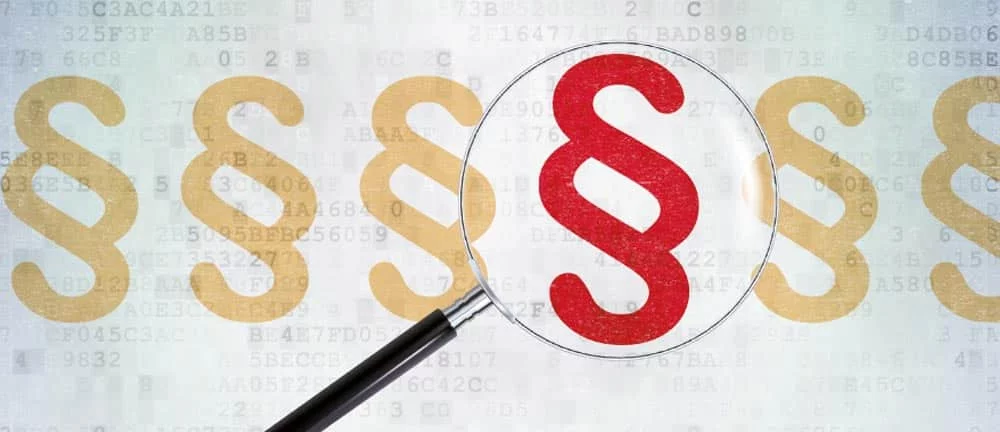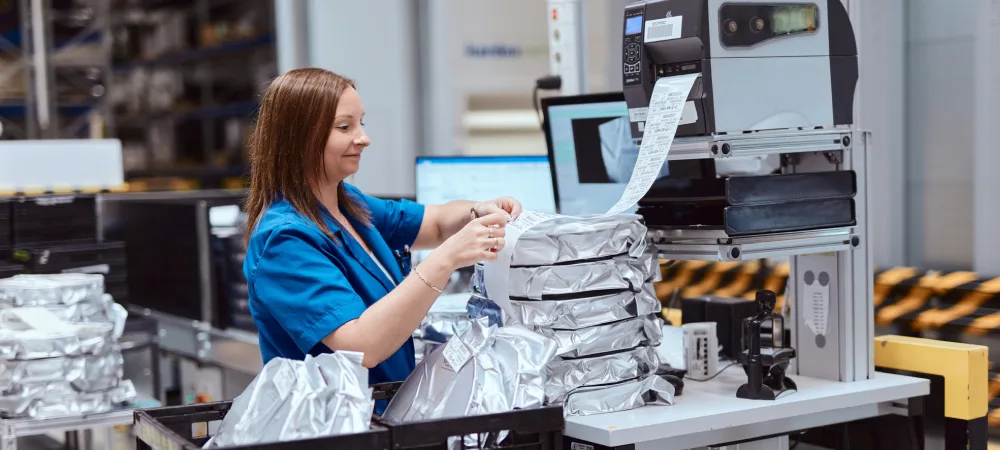Purchasing at a crossroads


While the switch to the new SAP application suite S/4 with the SAP Hana database brings benefits in many areas of the company, the situation is different in purchasing.
On-premise users of SAP Supplier Relationship Management (SAP SRM), for example, will have to make do with a functionally reduced module - S/4 Hana Sourcing and Procurement.
Those who do not want to do without the familiar SRM range of functions, but also do not want to use the SAP Ariba public cloud platform, could make do with partner and third-party solutions for handling procurement processes - if it were not for SAP's new pricing model.
Additional costs due to indirect use
According to this, indirect SAP use by third-party solutions (SAP Digital Access) may incur noticeable additional costs in the future. While the previous SAP licensing model was based on the number of users and direct/human access (SAP Human Access), digital access to SAP systems is now also being targeted.
These occur either through devices, bots, and automated systems, or through people, devices, and systems that use SAP indirectly through non-SAP front-ends, custom solutions developed in-house, or third-party applications.
Billing is based on the type of document created and on revenue per line item. It seems obvious that this model, which is straightforward at first glance, hardly allows any conclusions to be drawn about future, actual license payments upon closer examination.
SAP itself is still working on generic IT tools (LAW) that allow for a volume estimate in terms of document items and actual document types.
The depth to which some SAP users have to dig into their pockets as a result is shown by the example of a company that uses a third party solution in the purchasing area.
At the same time, there are already 500 licensed users internally who can access the SAP systems to create procurement documents. If 500 new users of the external purchasing solution are now added, the new SAP pricing policy forces the company to pay for the line items of all 1000 users without being able to waive the existing licenses of the 500 SAP users.
This results in significant additional costs that are neither controllable nor calculable - even though SAP is supposed to provide more cost transparency for digital access with the new pricing model. In reality, a perhaps well-intentioned model is at a crossroads, leaving existing customers at a loss.
Upstream user management an advantage
The only way to avoid these additional costs is to be able to choose between "SAP Human Access" and "SAP Digital Access" as needed.
This option can be implemented with intelligent SAP add-ons that, in addition to full SAP integration, offer a user management module that runs on an upstream non-SAP server and allows flexible and thus more cost-effective use of the new document-based SAP licensing model.
Once a user has logged on, he or she can then choose to work either with SAP's own user management and directly with an SAP user or indirectly via the SAP add-on: The decisive factor is whichever variant is more cost-effective.
Those who want to replace their SAP SRM running out of maintenance with an SAP-based add-on should therefore make absolutely sure that this offers flexible options for choosing between direct and indirect SAP use.
Because only with this does a company not need to limit itself exclusively to the newly defined digital SAP use, as would be unavoidable with a pure third-party solution.









